Introduction
The Animation and Video Editing industry has undergone a seismic transformation over the years, primarily due to the rapid evolution of Visual Effects (VFX). VFX has become an integral part of the industry, enabling filmmakers and content creators to bring their creative visions to life in ways that were once considered impossible. In this blog, we'll take you through the incredible journey of how VFX has evolved and revolutionized the animation and video editing industry.
The Birth of VFX
The origins of VFX can be traced back to the early days of filmmaking. One of the earliest examples of visual effects dates to the late 19th century with Georges Méliès, a French filmmaker renowned for his use of practical effects and stop-motion animation. Méliès's "A Trip to the Moon" (1902) stands as a classic example of early VFX, featuring groundbreaking techniques that laid the foundation for future developments in the industry.

The Emergence of Practical Effects
In the early to mid-20th century, practical effects were the primary means of achieving visual effects in cinema. Innovations like matte paintings, miniatures, and rear projection techniques were employed to create fantastical worlds and scenes. A notable example is the work of Ray Harryhausen, who used stop-motion animation to bring mythical creatures to life in films like "Jason and the Argonauts" (1963). These practical effects showcased the creativity and dedication of early VFX artists.
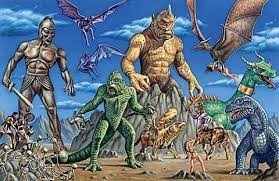
The Computer Revolution
The true revolution in VFX came with the advent of computer technology. The late 20th century saw the emergence of computer-generated imagery (CGI), which completely transformed the animation and video editing industry. George Lucas's "Star Wars" franchise is often cited as a game-changer in this regard, as it introduced groundbreaking CGI effects in films like "The Phantom Menace" (1999).

Digital Tools and Software
The development of specialized software and digital tools accelerated the evolution of VFX. Software packages like Adobe After Effects, Autodesk Maya, and Cinema 4D became essential tools for animators and video editors. These platforms allowed for greater precision and control in creating visual effects, from 2D animations to complex 3D renderings.
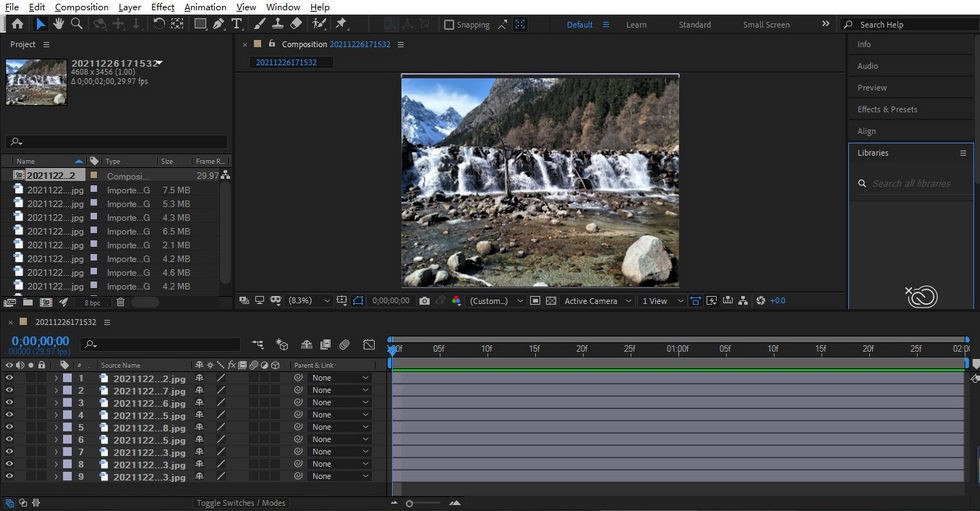
The Rise of 3D Animation
The evolution of VFX in animation was marked by the shift from 2D to 3D animation. Pixar's "Toy Story" (1995) is often considered a watershed moment in this transition. With the use of 3D computer animation, filmmakers could create more lifelike characters and immersive worlds. This shift had a profound impact on the industry, leading to a renaissance in animated films and series.

Realistic Characters and Motion Capture
As technology advanced, VFX artists gained the ability to create realistic characters by incorporating motion capture technology. Films like "Avatar" (2009) demonstrated how motion capture could be used to translate an actor's performance into a digital character. This technology not only enhanced the visual quality of animations but also allowed for more expressive and emotionally resonant characters.
Simulations and Fluid Dynamics
VFX is not limited to characters and environments; it also plays a crucial role in simulating natural phenomena. The development of fluid dynamics and physics simulations allowed for the creation of realistic water, fire, smoke, and other natural elements. These advancements contributed to the immersive quality of action sequences and fantasy worlds in films like "Pirates of the Caribbean" (2003) and "Interstellar" (2014).
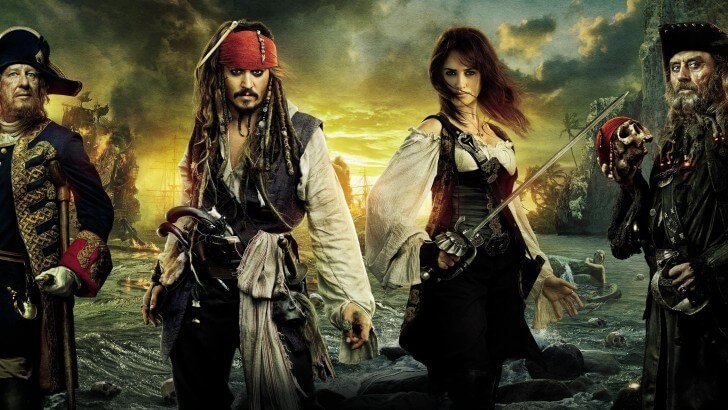
The Marvel Cinematic Universe
The Marvel Cinematic Universe (MCU) is a testament to how VFX has become an essential part of modern filmmaking. The franchise features an array of superpowered characters, otherworldly settings, and epic battles, all made possible through the integration of VFX. Films like "The Avengers" (2012) and "Doctor Strange" (2016) showcase the complexity and impact of VFX in contemporary cinema.
The Fusion of Practical and Digital Effects
Modern VFX is not limited to purely digital creations. Filmmakers often combine practical and digital effects to achieve the desired result. Christopher Nolan's "Inception" (2010) is a prime example of how the blending of practical stunts with computer-generated environments can create mind-bending visuals.

VR and AR in VFX
Virtual Reality (VR) and Augmented Reality (AR) technologies have begun to shape the future of VFX. These immersive technologies offer new ways to engage audiences and create interactive experiences. VR allows viewers to step inside virtual worlds, while AR enhances real-world environments with digital elements. This expansion of VFX into the realm of immersive technologies is an exciting development that opens up endless creative possibilities.

Conclusion
The evolution of VFX in the animation and video editing industry has been a remarkable journey, marked by technological breakthroughs and creative innovation. From the early days of practical effects to the rise of CGI, 3D animation, and the integration of VR and AR, VFX has continually pushed the boundaries of what's possible in storytelling and visual spectacle. As technology continues to advance, we can only imagine the stunning and imaginative VFX that the future holds for the industry.
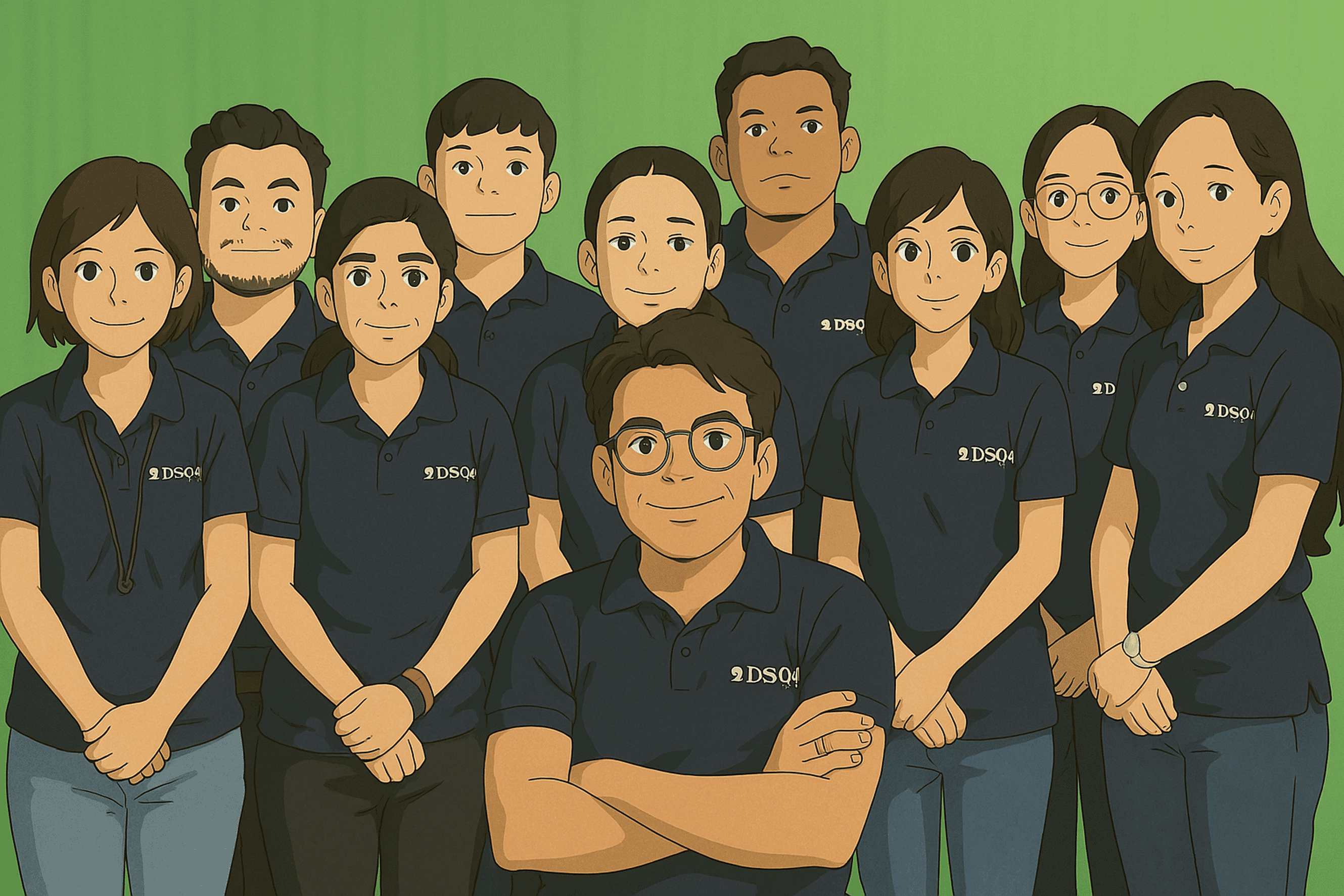 How to Turn Your Photos into Ghibli-Style Art with ChatGPT for Free
How to Turn Your Photos into Ghibli-Style Art with ChatGPT for Free Top 10 AI Tools for Plagiarism-Free Content Writing: Boost Your SEO & Digital Marketing Efforts
Top 10 AI Tools for Plagiarism-Free Content Writing: Boost Your SEO & Digital Marketing Efforts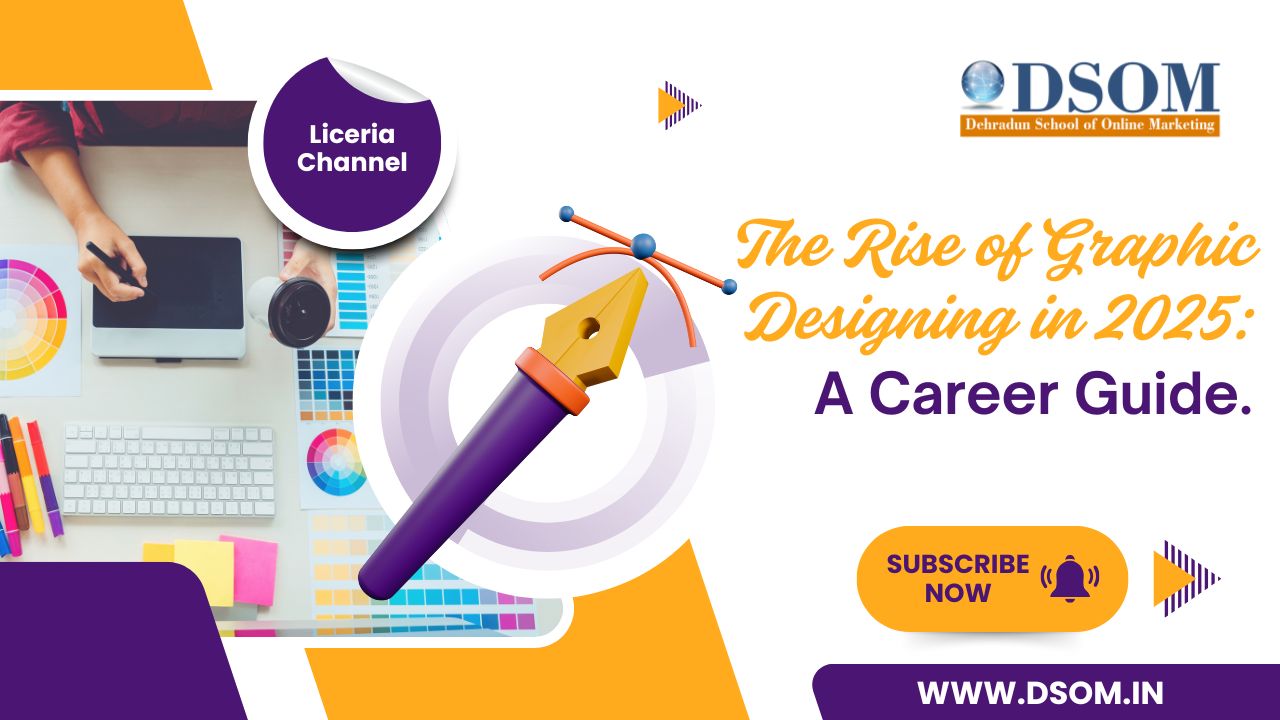 The Rise of Graphic Designing in 2025: A Career Guide.
The Rise of Graphic Designing in 2025: A Career Guide.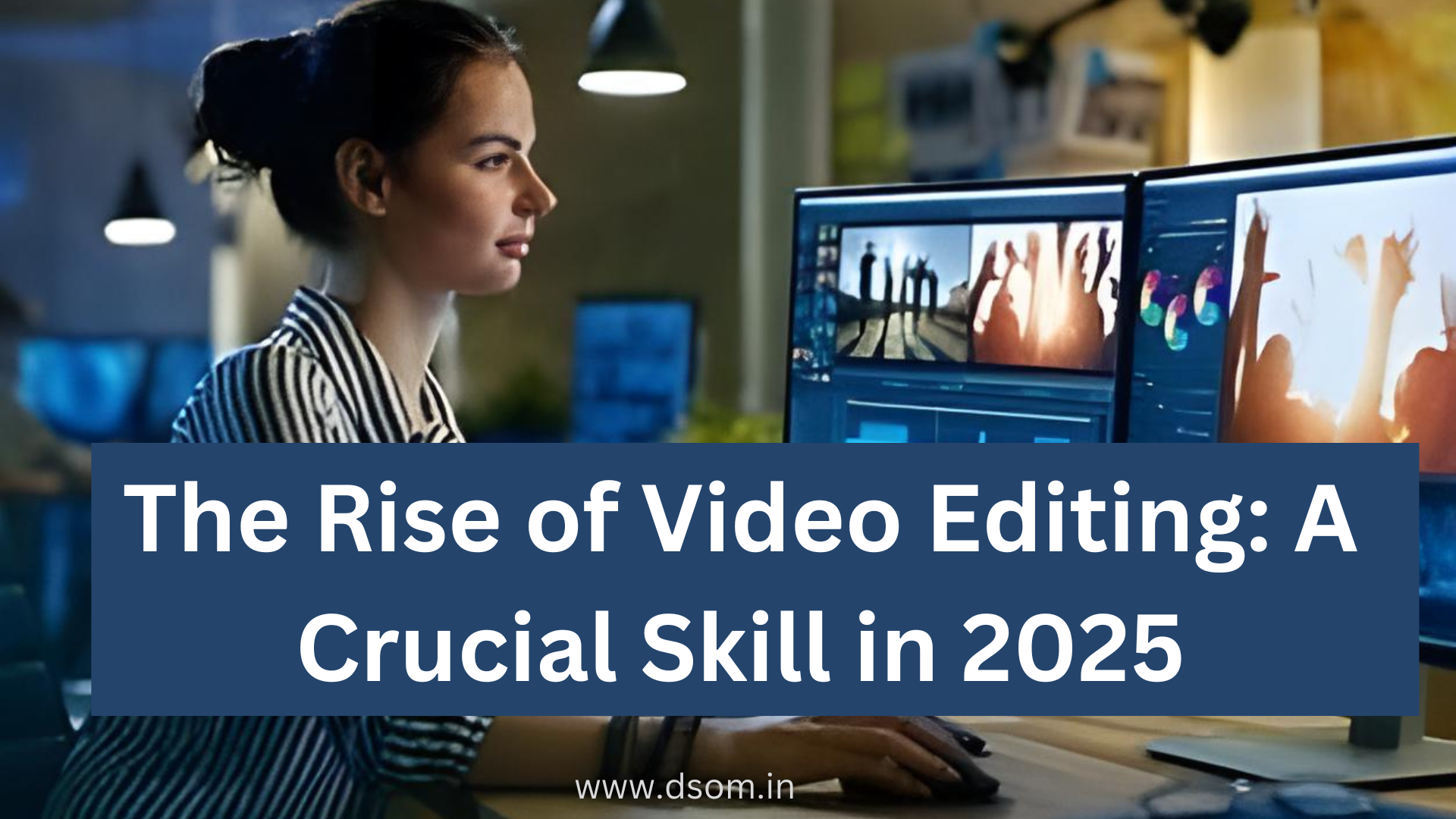 The Rise of Video Editing: A Crucial Skill in 2025
The Rise of Video Editing: A Crucial Skill in 2025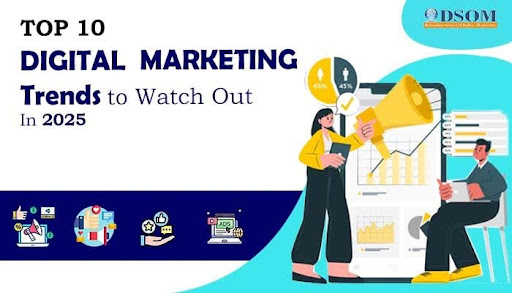 Top 10 Digital Marketing trends in 2025
Top 10 Digital Marketing trends in 2025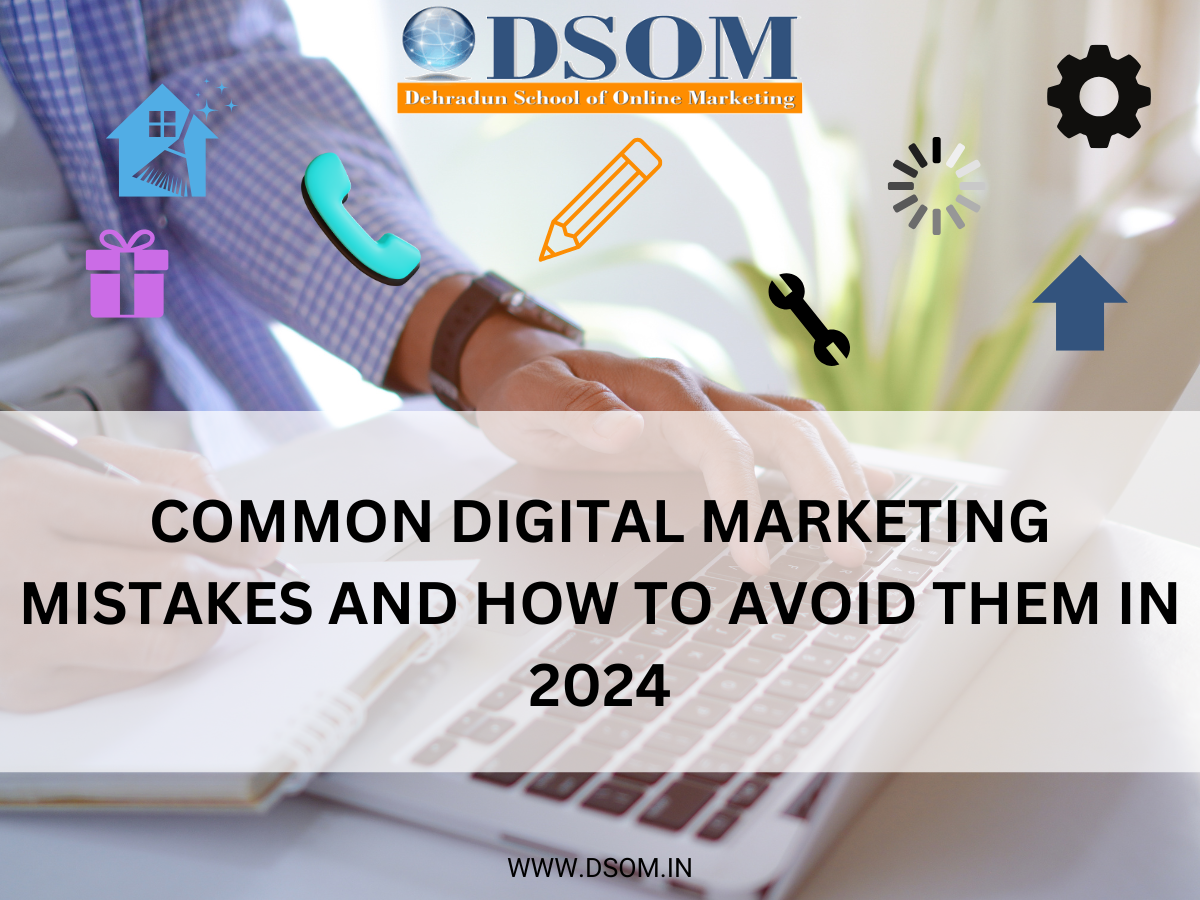 Common Mistakes in Digital Marketing and How to Avoid Them 2025
Common Mistakes in Digital Marketing and How to Avoid Them 2025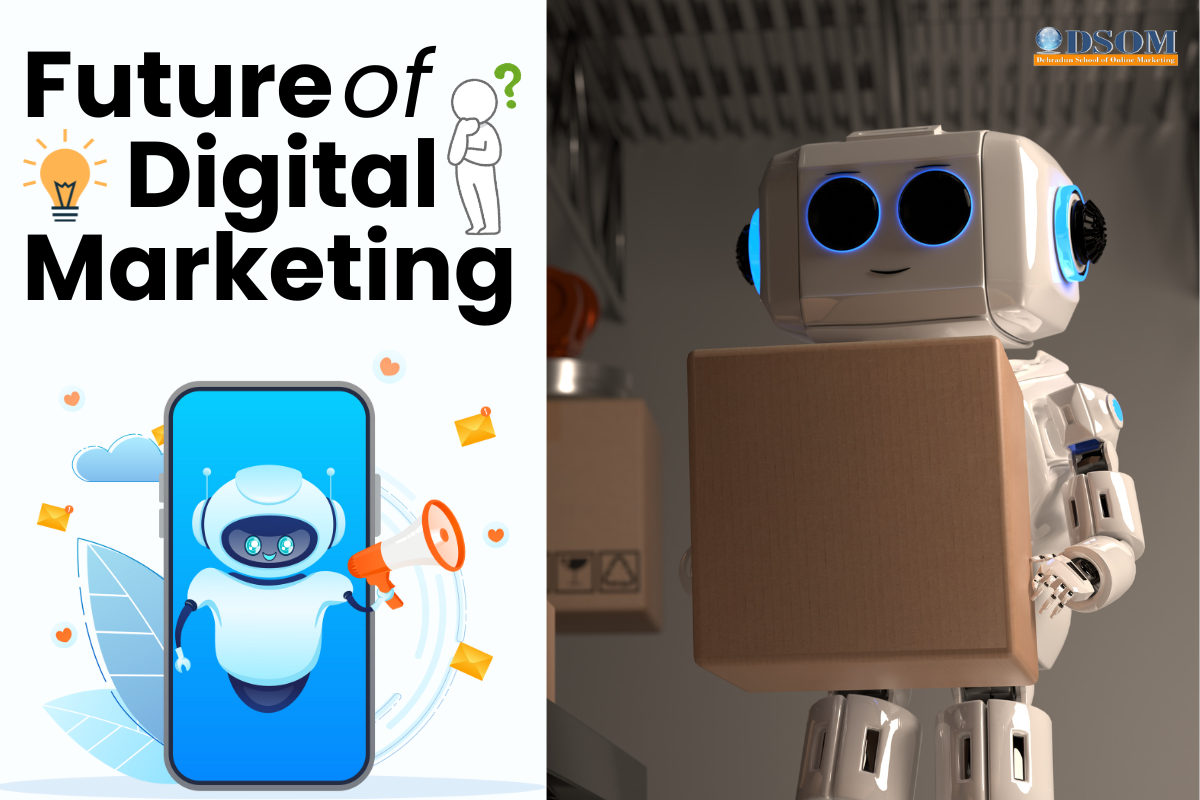 The Future of Digital Advertising: What You Need to Know
The Future of Digital Advertising: What You Need to Know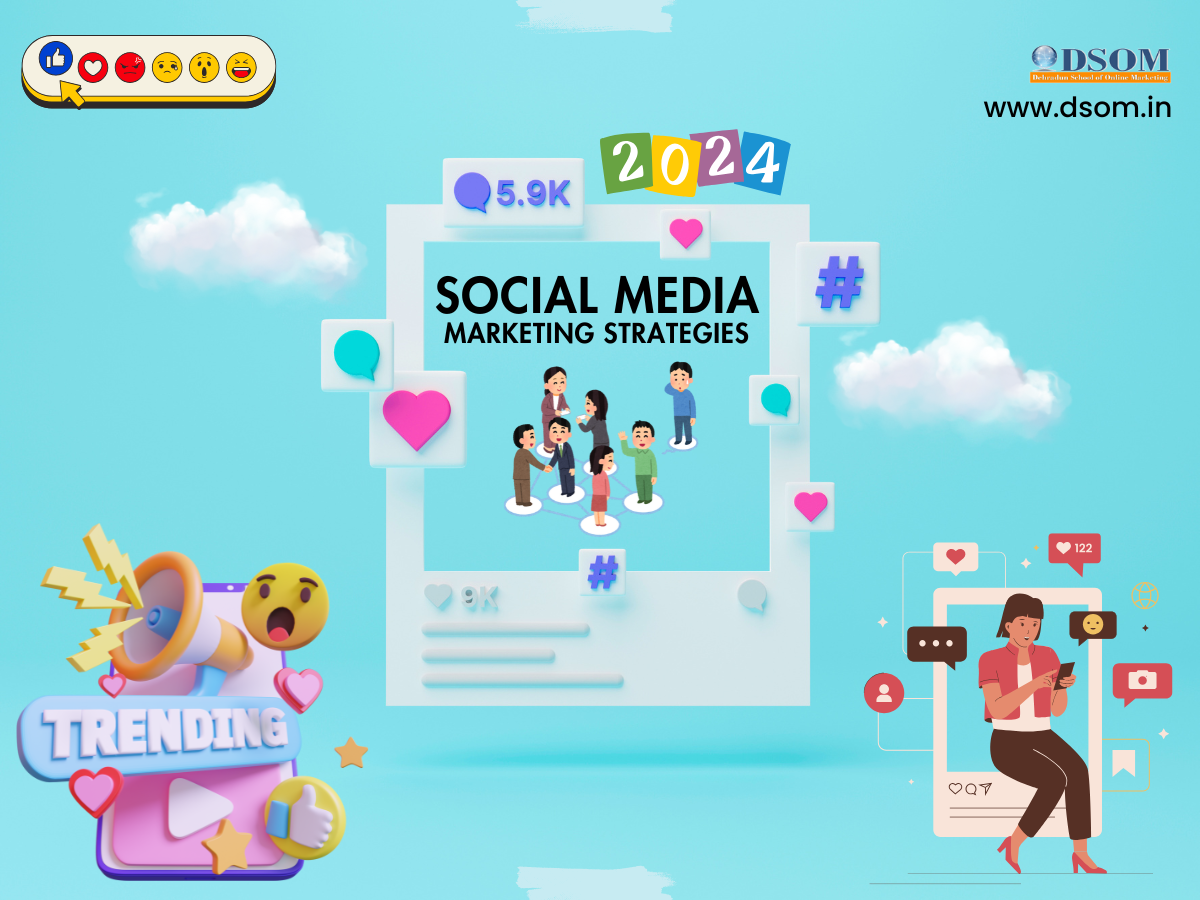 Social Media Marketing in 2024: Strategies for Maximum Engagement
Social Media Marketing in 2024: Strategies for Maximum Engagement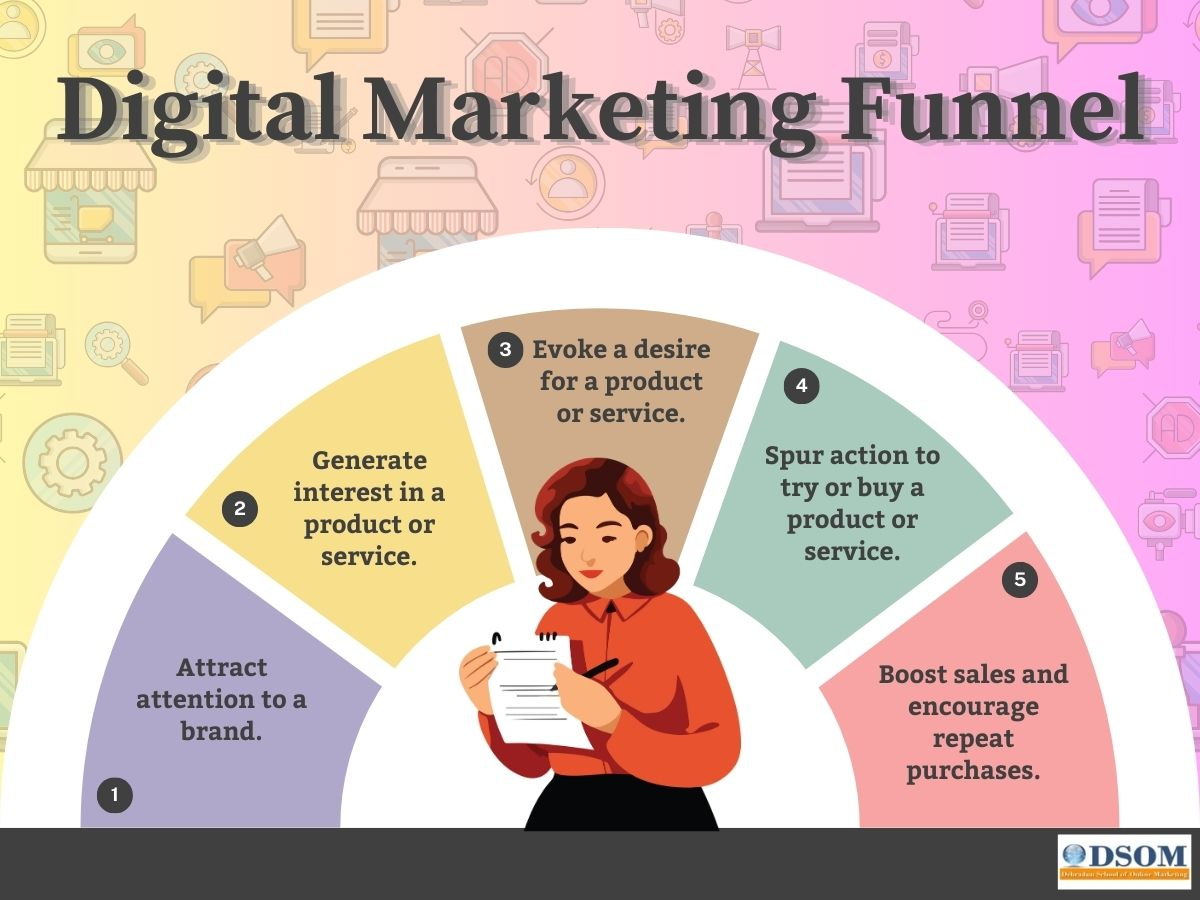 Building a Successful Digital Marketing Funnel: A Step-by-Step Guide
Building a Successful Digital Marketing Funnel: A Step-by-Step Guide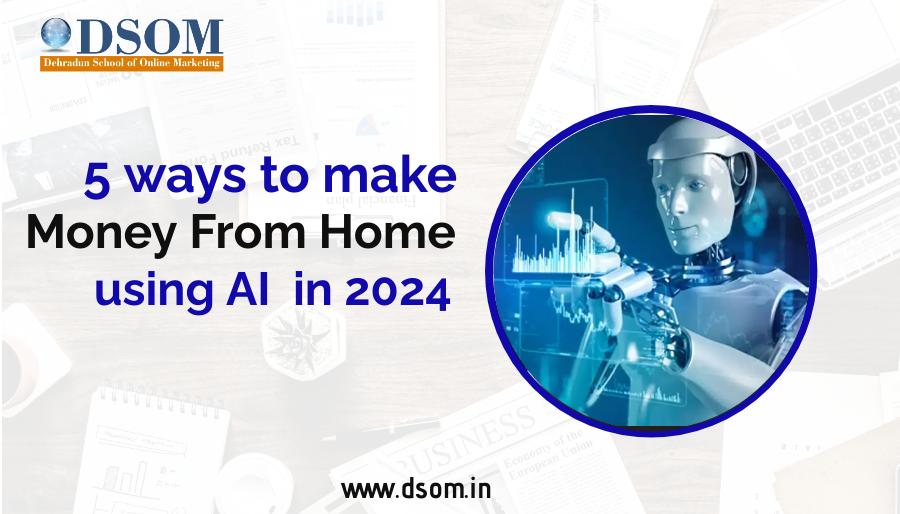 5 ways to make money from home using AI (Artificial-Intelligence) in 2024
5 ways to make money from home using AI (Artificial-Intelligence) in 2024